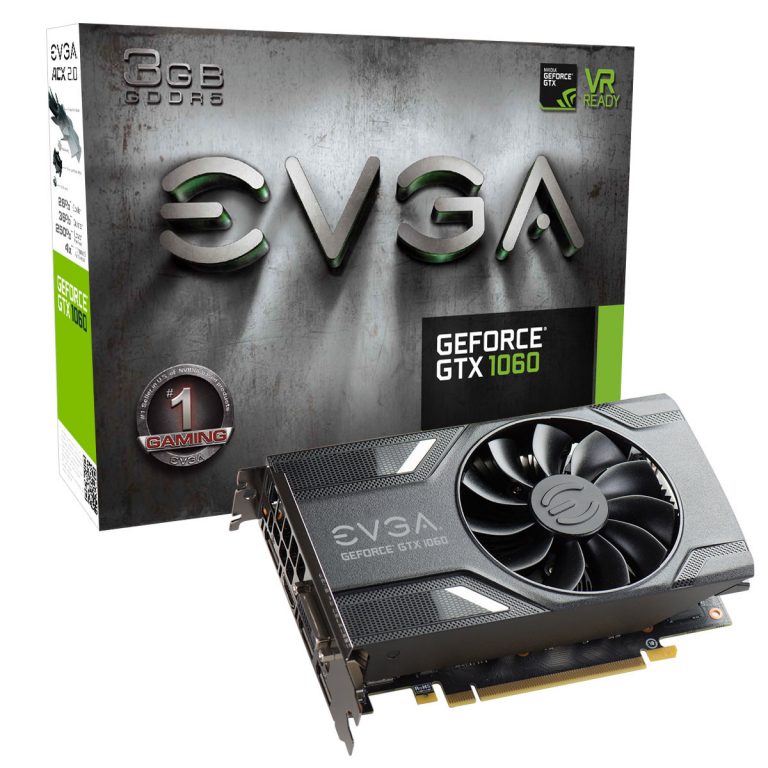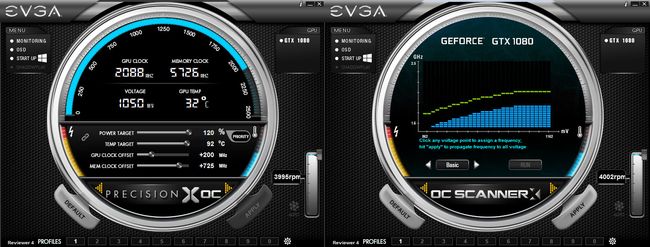

- Evga precision x voltage pascal how to#
- Evga precision x voltage pascal install#
- Evga precision x voltage pascal series#
- Evga precision x voltage pascal download#
To do this, increase the core clock until the curve in the Curve Editor changes. You want to adjust the core clock so that your card’s frequency matches the voltage you want to maintain. Go back into the main window of MSI Afterburner and look at the Core Clock (MHz) section. As you can see, that number will be tied to a lower frequency than what you want to maintain. As a rule of thumb, it’s better to undervolt little by little instead of doing too much at once.Ĭlick on the voltage that you would like to achieve. Your numbers will vary depending on your graphics card. If you are starting with 1000mV and a frequency of 1873MHz, you might want to take it step by step and lower the voltage to 950mV. Undervolting, like overclocking, is not an exact science. In our example, 1873MHz requires a core voltage of 1000. Look down and check the corresponding voltage. Simply click along the dotted curve line until you are able to see the correct frequency on the left-hand side, aligned with the curve. Go back to the Curve Editor tool in Afterburner and find the right frequency on the Y-axis. Step 4: Find the correct axis in Curve Editor Check the section labeled “MHz” and remember the number - in this example, it was 1873MHz. Once the program has launched, make sure you’re using windowed mode, allowing you to look back at MSI Afterburner. For the purpose of this guide, we’ve used Amazon Games New World. Some games are more based on the processor than the graphics card, but most newer titles put enough pressure on the GPU to show you the correct frequency - especially at higher resolutions. The easiest way is to launch your most resource-heavy game and let it run for at least 15 minutes. There are two ways to do this: Launching a GPU-intensive program or running a stress test, such as FurMark. Step 3: Test your graphics cardīefore you take any further steps, you will need to figure out what frequency your GPU runs at under stress. The X-axis is the voltage of your graphics card, and the Y-axis is the frequency (clock speed). This graph holds two important pieces of information. Once the Curve Editor is open, you will see a (somewhat intimidating) graph. You can access it by simply double-clicking or pressing CTRL + F. Below that, you can find the Curve Editor. On the lower left part of the MSI Afterburner interface, you will find information about the voltage of your GPU.
Evga precision x voltage pascal install#
Install it on your computer and then launch it.
Evga precision x voltage pascal download#
To begin the process, download the free program here.

MSI Afterburner is the most popular undervolting tool for Nvidia graphics cards. Undervolting Nvidia GPUs requires a few extra steps compared to AMD. Indeed, some models, like AMD’s Vega series, could actually see their clock speeds improve when undervolted due to having additional power and temperature headroom when running at lower voltages. There are workarounds, but they are often much more complex than what you get on newer cards.ĪMD cards can generally be undervolted, even on older models. This means that most popular undervolting tools don’t support these cards.
Evga precision x voltage pascal series#
The reason is that voltages are locked on all Nvidia cards previous to the Pascal series (GTX 10xx). Dated models below Nvidia’s 10 series may not allow this. Before you beginīefore you jump right in, be mindful that not all GPU models can (or should) be undervolted. Keep reading to learn all about undervolting your graphics card. Undervolting requires some basic knowledge, but once you know what to do, it can be done in a few easy steps.
Evga precision x voltage pascal how to#
How to undervolt an Nvidia graphics card.


 0 kommentar(er)
0 kommentar(er)
